When I arrived in Fez at midnight, on the lone taxi ride to Dar Tahri in the 600-year-old medina I wondered how my life turned out the way it did.
I wanted to pin down the specific point in time I stumbled into my current mode of existence, which is pretty inconsistent with my parents’ and grandparents’ generations of desiring comfortable and predictable lives. It was definitely miles away from how I once envisioned my life to be.
After posting about my J’bel Toubkal trek on social media, my mother had sent multiple messages telling me to stop taking too much risks, asking why I had to climb the mountain in the first place. It’s weird but the older I get, the less regard I have about my personal safety and security—as long as I’ve covered the basics, I’m good. I’ve somehow found myself following a philosophy of If it’s my time, it’s my time; but while I am here, might as well dance… It sounds fatalistic, but I’ve spent a chunk of my life erring on the side of caution and it didn’t really get me anywhere.
Honestly, even I sometimes surprise myself at the kinds of situations I’ve gotten myself into. Oftentimes, while in the moment, it feels like I’m having this out-of-body experience and am watching the participating me get into uncertain, sometimes extreme situations that seemed like a good idea as they were happening, but in hindsight ended up hurting me either physically or emotionally. Frankly, I have no regrets…because seriously there is no point. You can’t undo the past, you just live with it.
Anyway, I got my answer the following day when I met my tour guide, Thami, whom I hired to take me to Fez’s leather tanneries.
A former body builder and photographer turned gym owner and very animated tour guide (that’s him and his RBF above), Thami knows the innards of the medina like the back of his hand. “You can blindfold me and put me anywhere in the Fez medina and I can tell you which street we are in,” he declared as we walked through some of the over 9,400 streets of Morocco’s oldest medina, pausing occasionally to attend to an errand or two of his; once, upon seeing some really juicy-looking apricots from one of the vendors, he paid a young man to bring a bag home to his wife. “Insha’allah (God willing) I will be having apricots after dinner.”
Exploring Fez was definitely made more fun with Thami around. He showed me the oldest water clock in the world, and the world’s oldest university and library which he proudly tells me was built by a woman (how amazing is that). At one point he shooed me away with a bag of mint into the heart of Fez’s funky-smelling Chouara tannery while he caught up with the manager; introduced me as Tricia sahafi (journalist) to widowed female carpet weavers at a local carpet cooperative; and pointed out one of the many “express mosques” where merchants worship throughout the work day. He even sneaked me into one of the grand riads in the medina, where it seems the shabbier the facade, the more magnificent the interiors—he says of the nondescript exterior: “It’s to keep away the evil eye.”
We probably covered only the tip of the iceberg that is Fez, but it was a day drenched with scent and color and taste that had me feeling like I didn’t just travel to an intoxicating destination, but also eras back in time.
More than being entranced by the centuries-old places that made our itinerary, it was seeing Thami interact with people along the way that Fez really left an imprint. The old medina is just filled with the most fascinating characters: The coffee junkie who claims I will continue missing out on life unless I squeeze fresh lime juice onto my espresso. The man who insists he makes the best khlea (Moroccan mystery meat) in the country. The vendor selling, to my horror, freshly butterflied baby sharks. The widows from the carpet cooperative. The blacksmiths and the artisans. The lady baker showing me how to make the sticky honeyed pastries I kept seeing everywhere. The group of young women picking up their freshly dyed clothing in shops closest to the river…
And our last stop, but definitely not the least: the man shoving sawdust into the huge cistern that warms the sauna.
After informing me that we were at the end of our tour of Fez, Thami explained why he took me there. He taught me an Arabic term, Hamdullah, which means Praise be to God. Like Insha’allah, it is said many times a day to give gratitude for all the good and bad things that happened. In other words, be grateful for everything. To illustrate the meaning of the word, he pointed to the man who warms the sauna. “He continuously throws sawdust into the fire to keep the sauna at the ideal temperature. And he only gets two 30-minute breaks a day when they clean the baths for when men and women switch turns. It’s a thankless job, but he does it gladly, he doesn’t complain, he is happy. Hamdullah.”
And then of course there is Thami himself, the man who speaks six languages and, as with other believers of Islam, prays five times a day. “Directly to God, and not through a prophet,” he tells me, pointing out there is a difference.
When we finally parted by the Clock Cafe near my inn, Thami blessed me with words I still take comfort in, especially on days when I find myself having an existential crisis:
“Life—use it or lose it.”
Insha’allah.

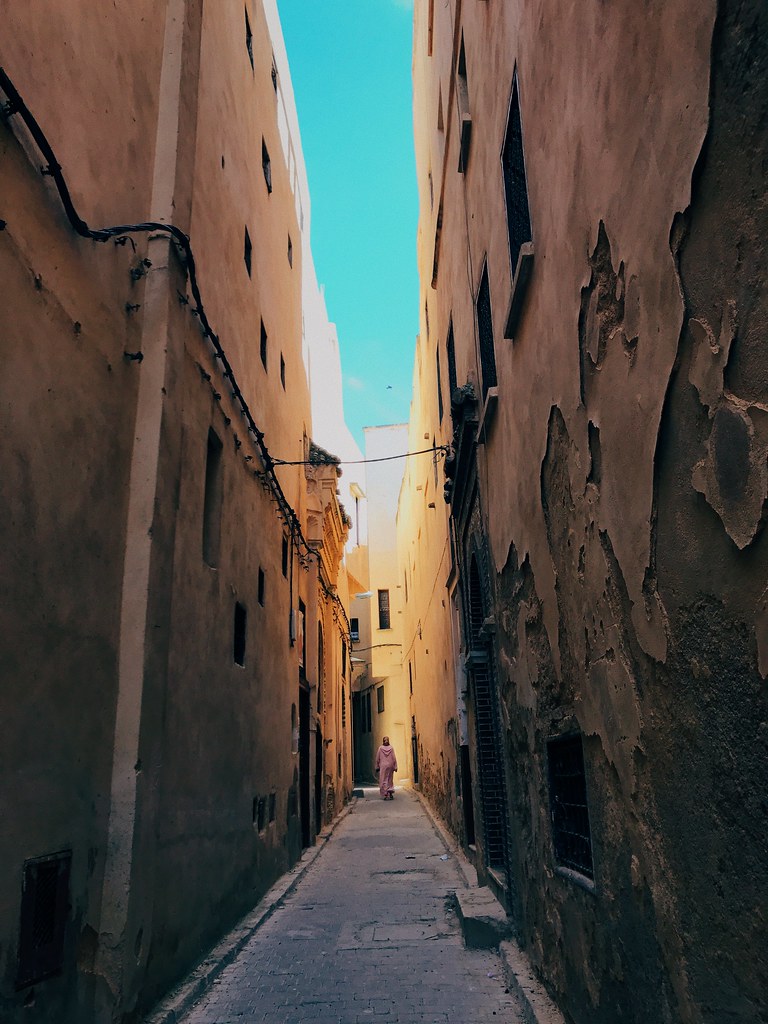
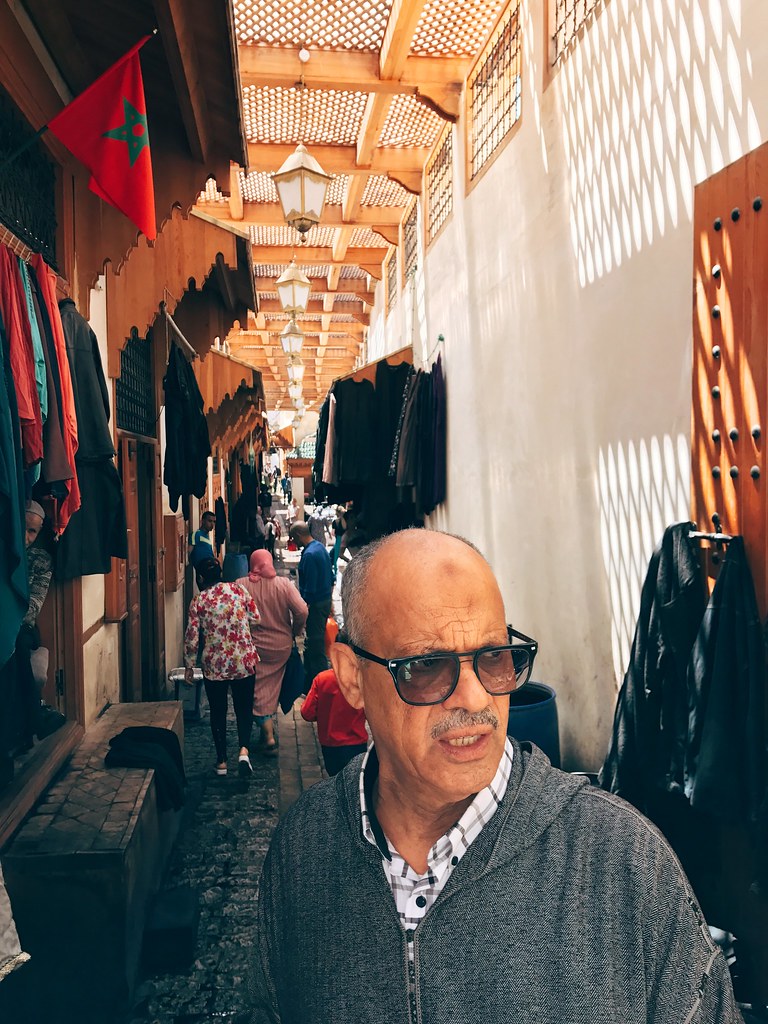
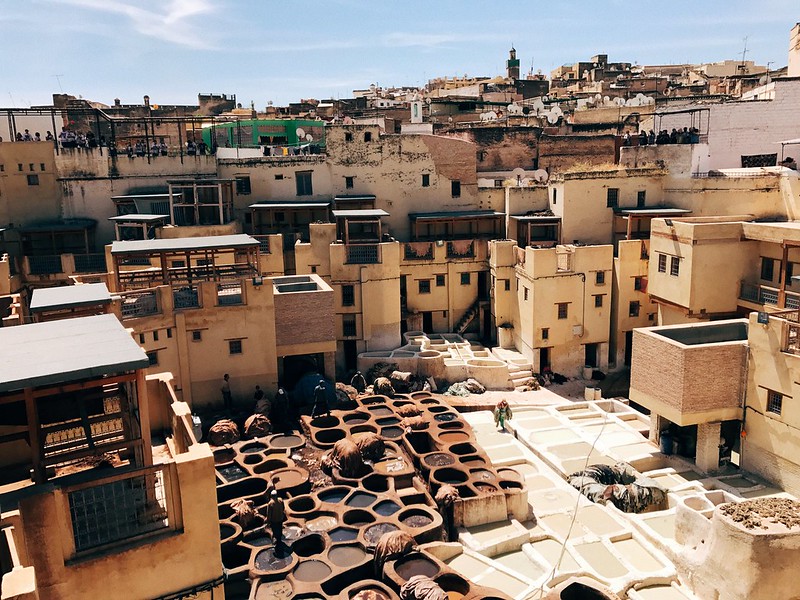
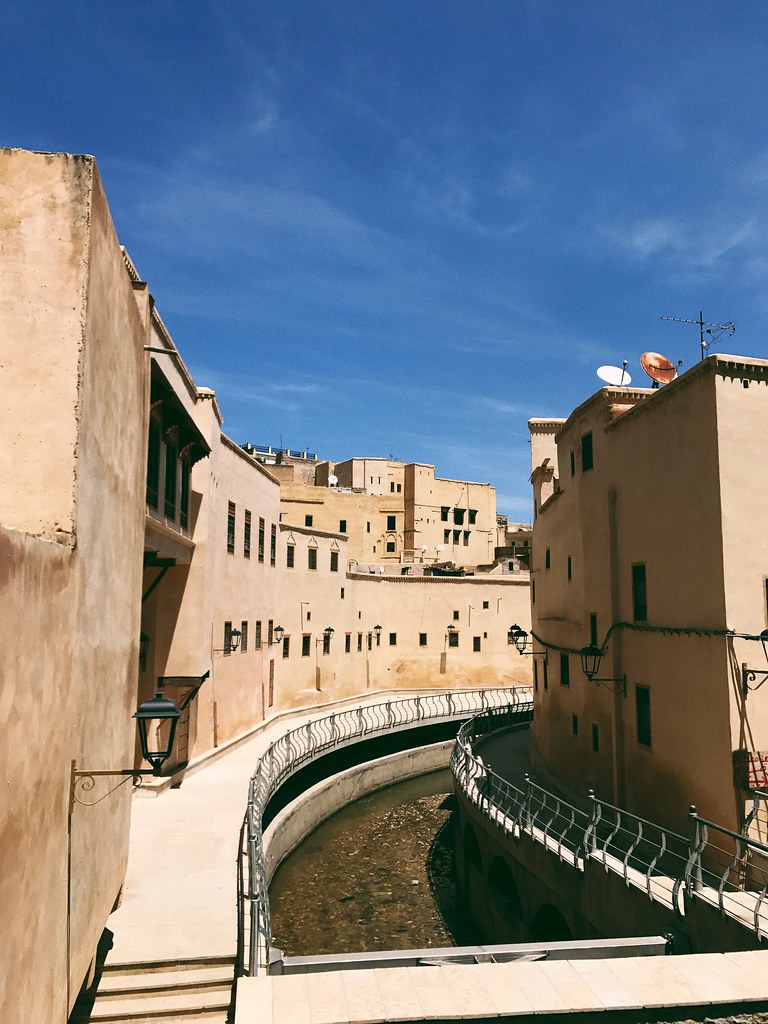
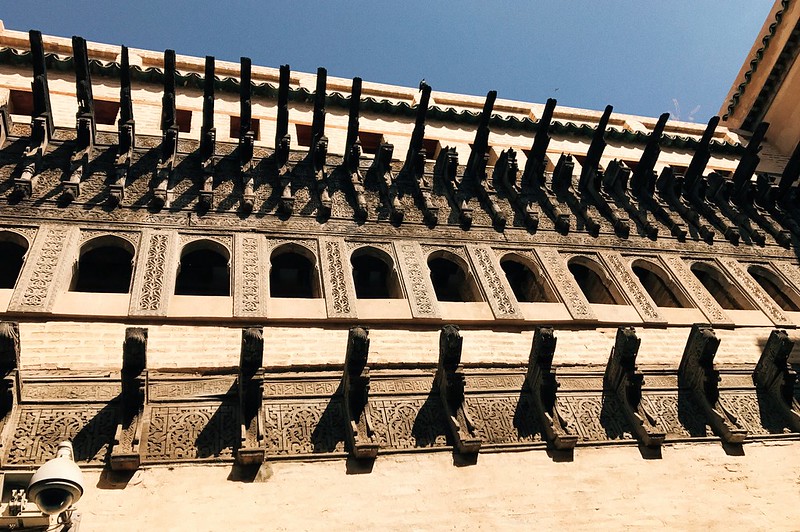
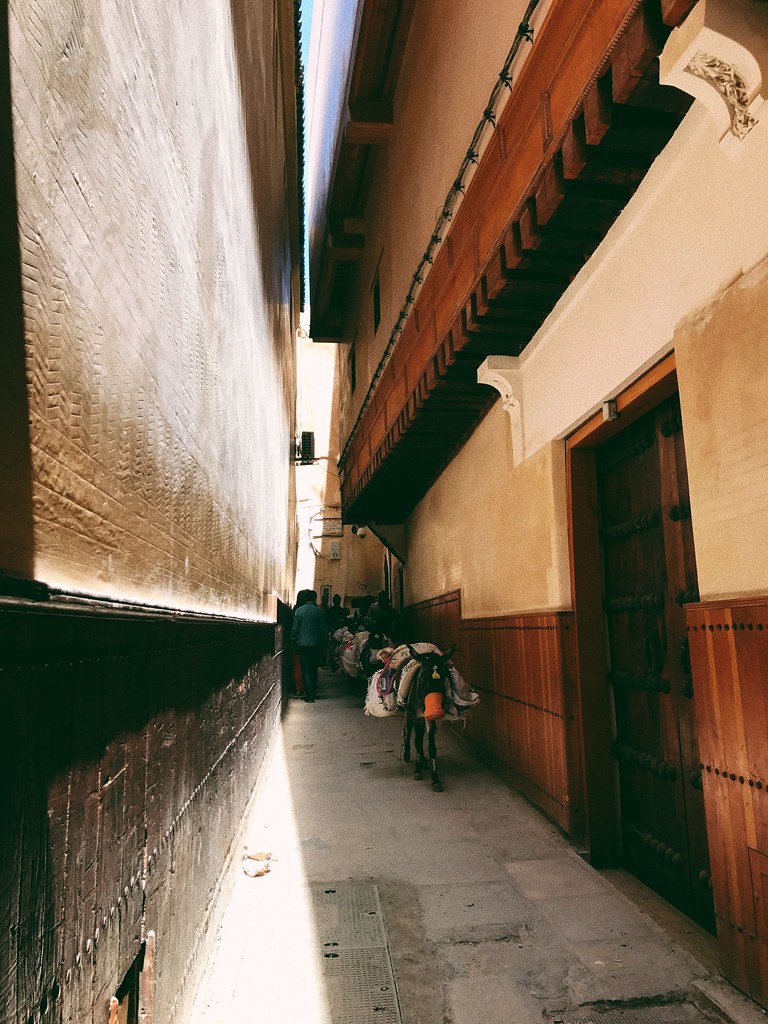
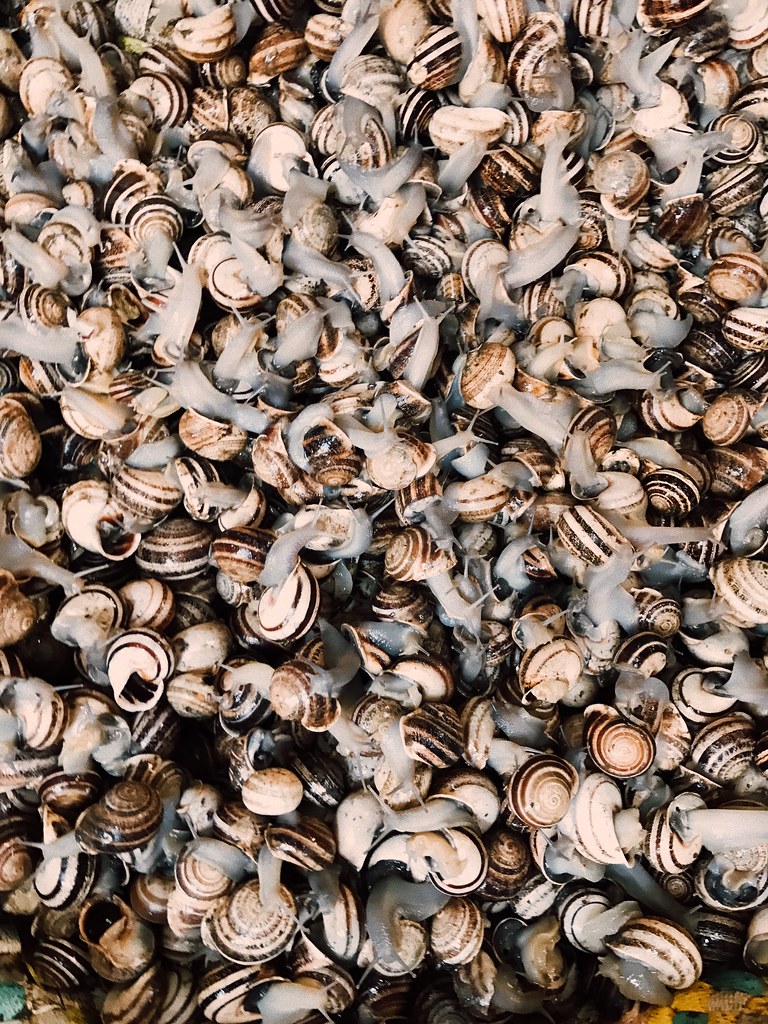
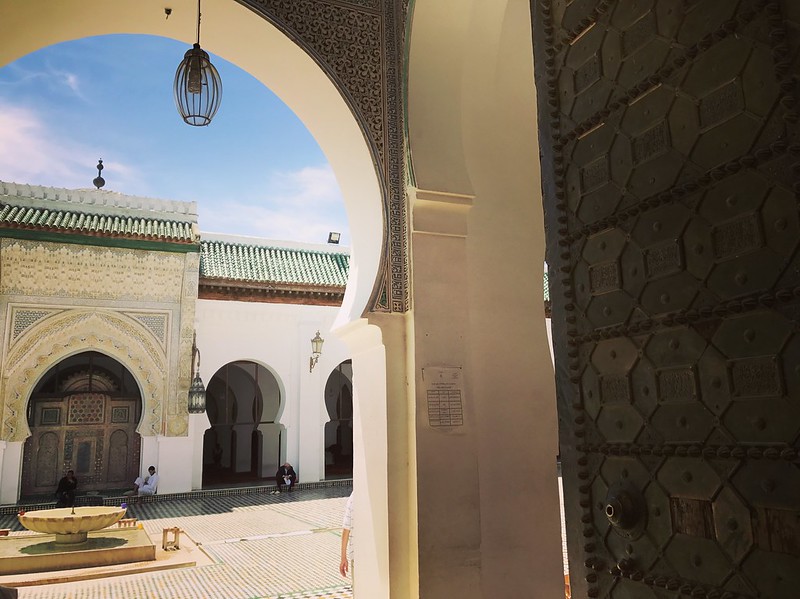
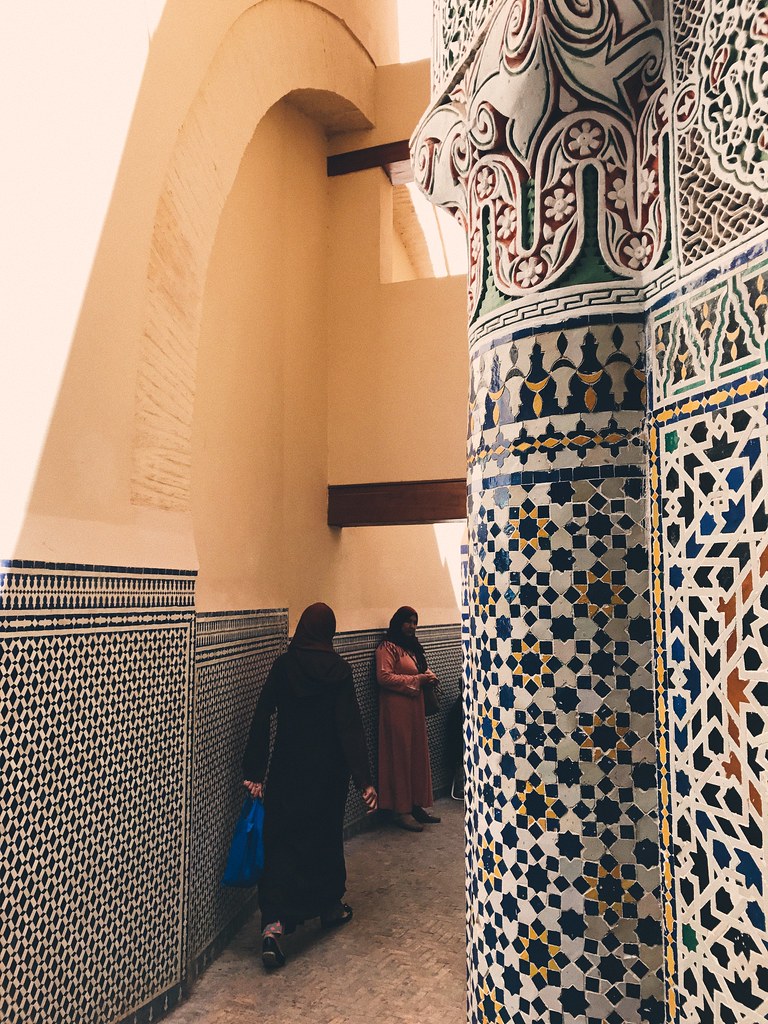

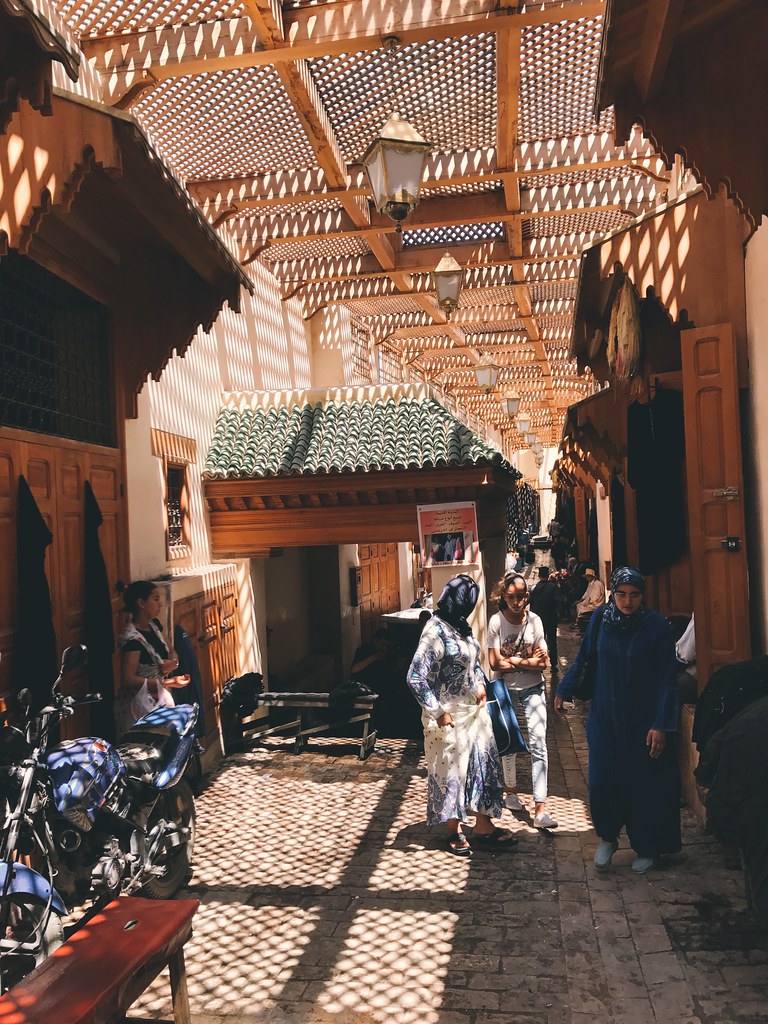
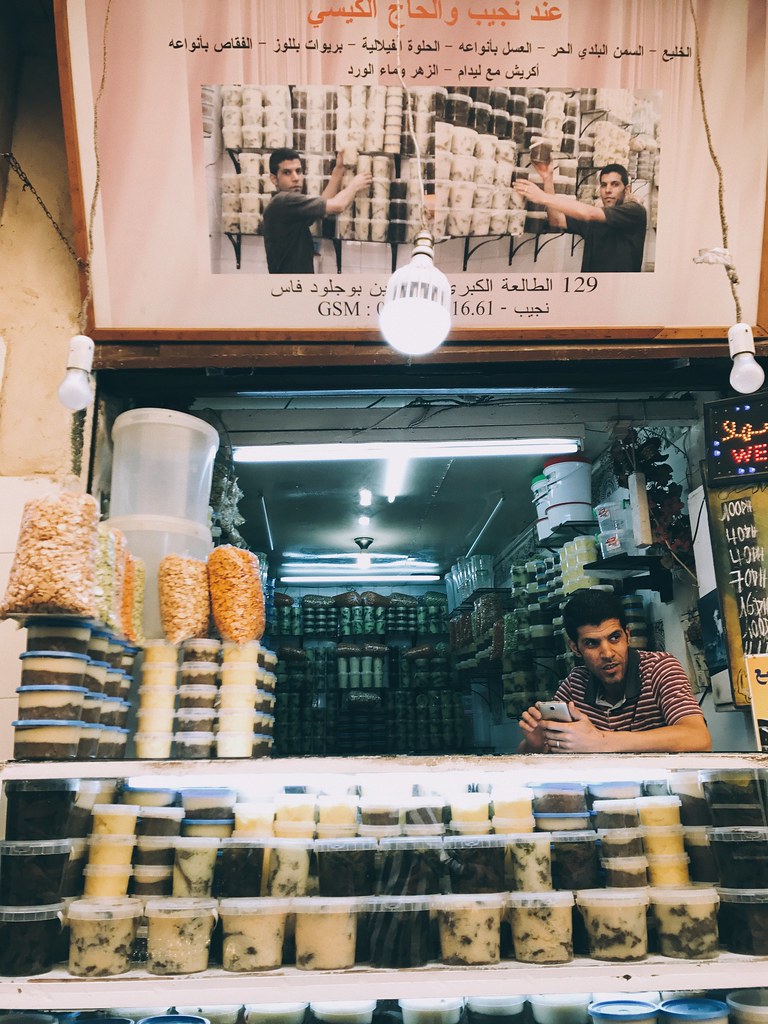
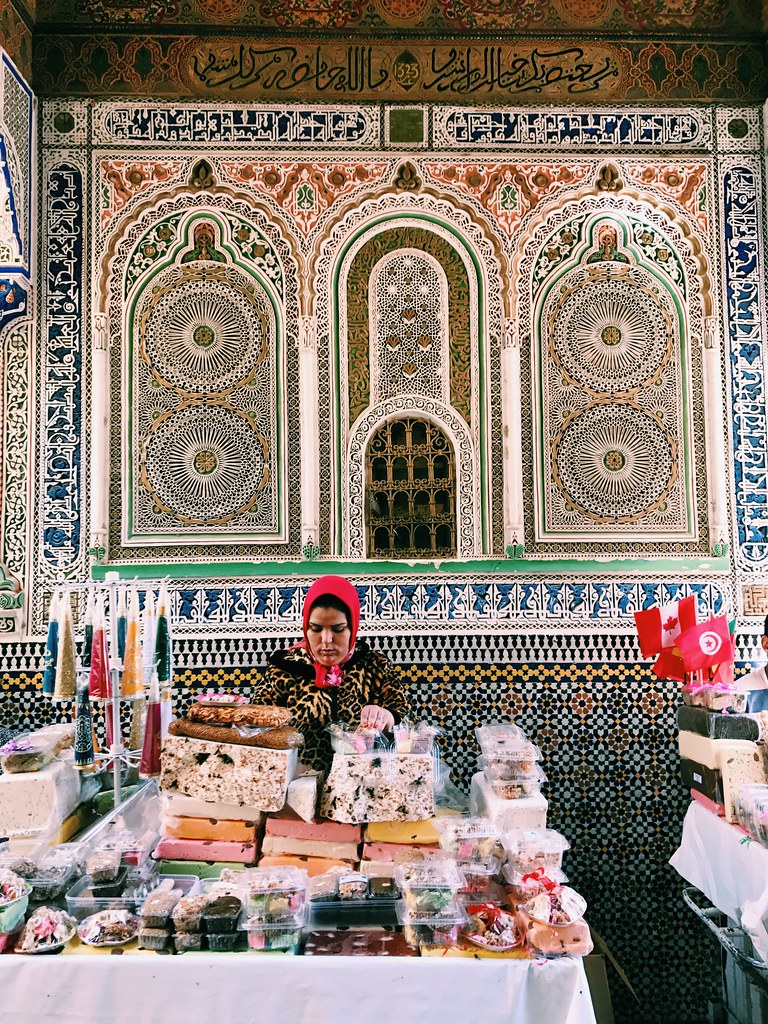
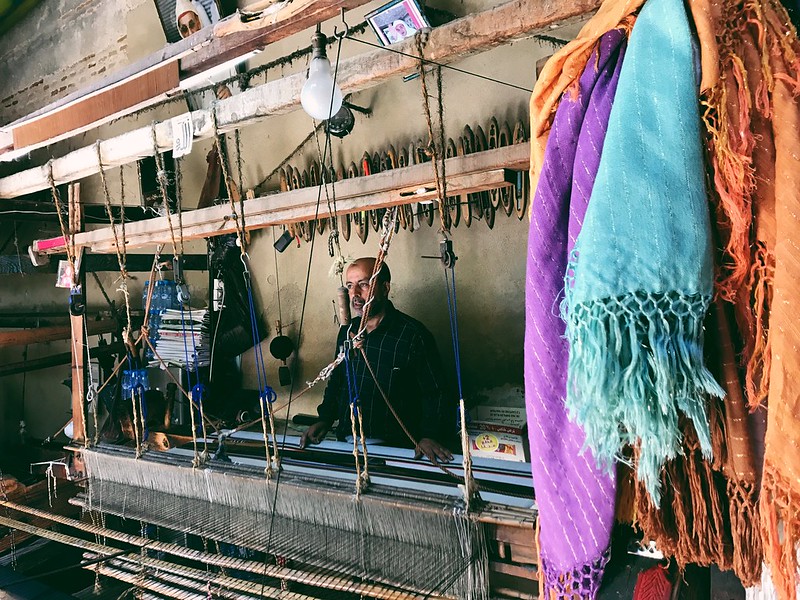
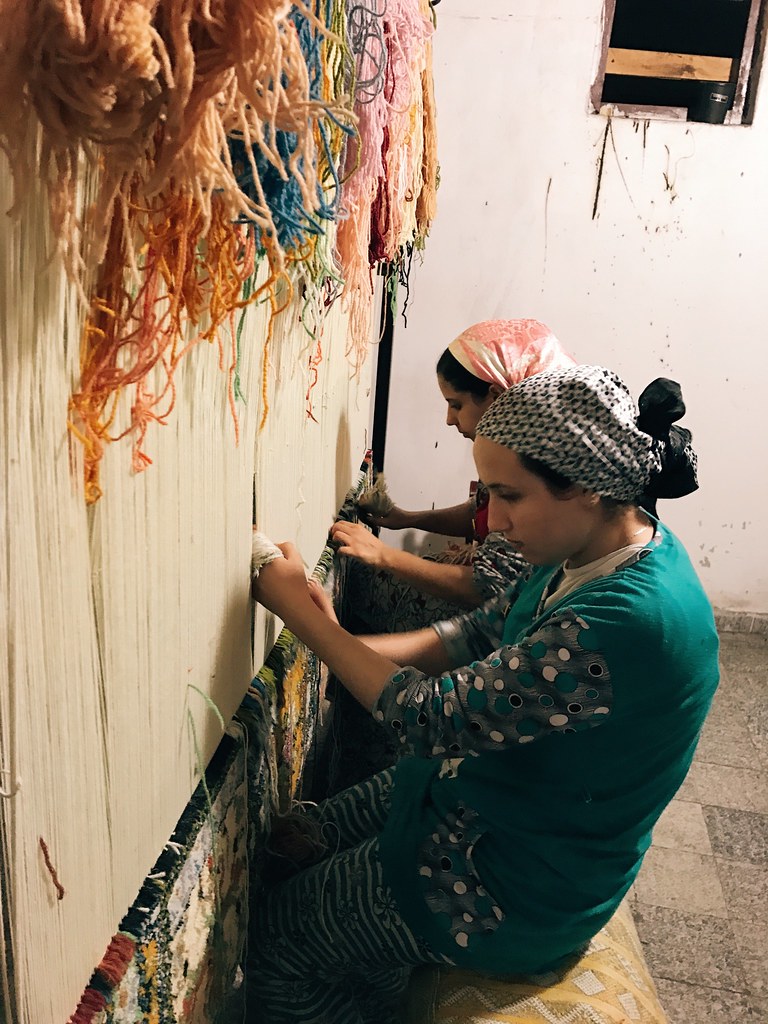

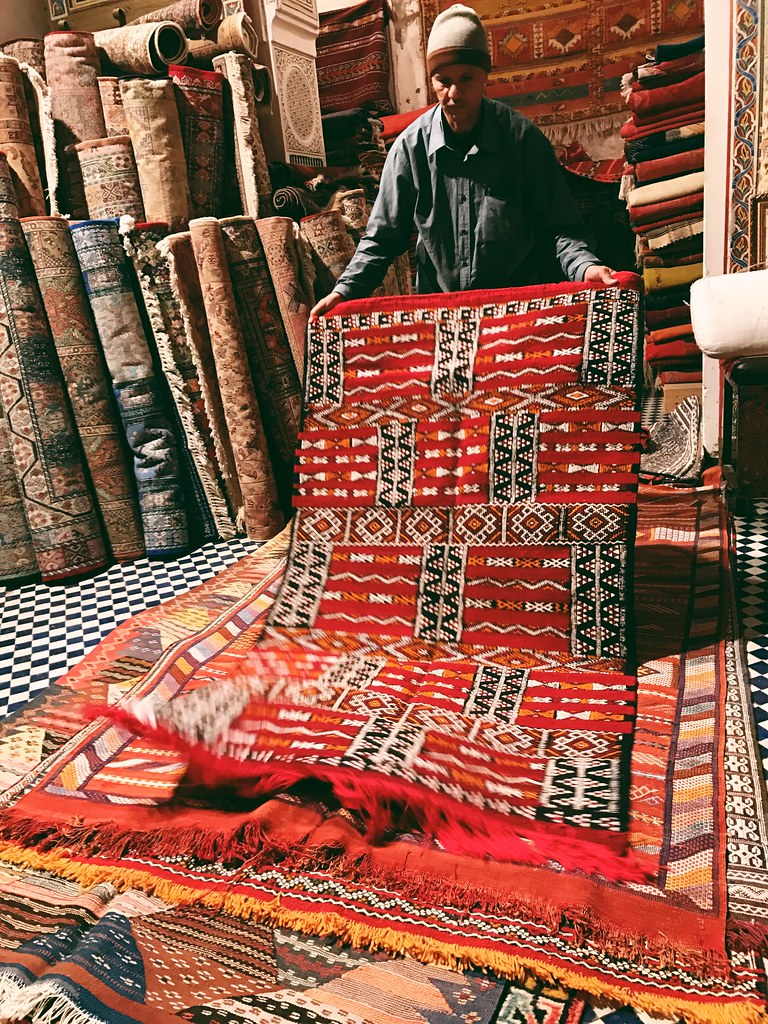
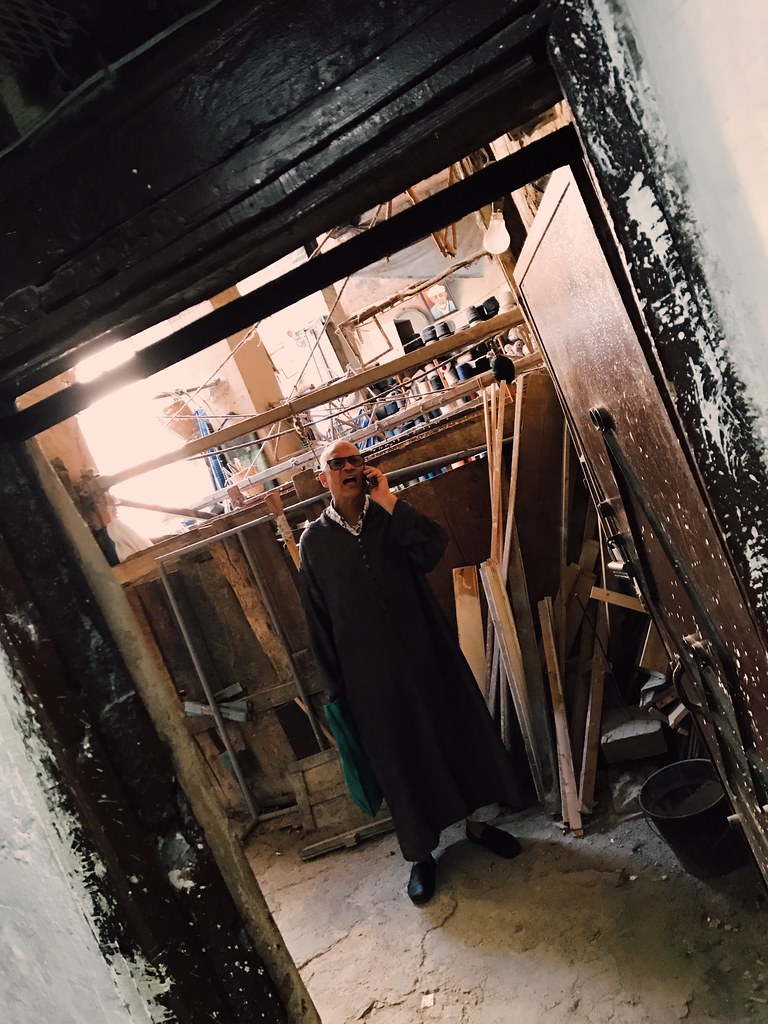
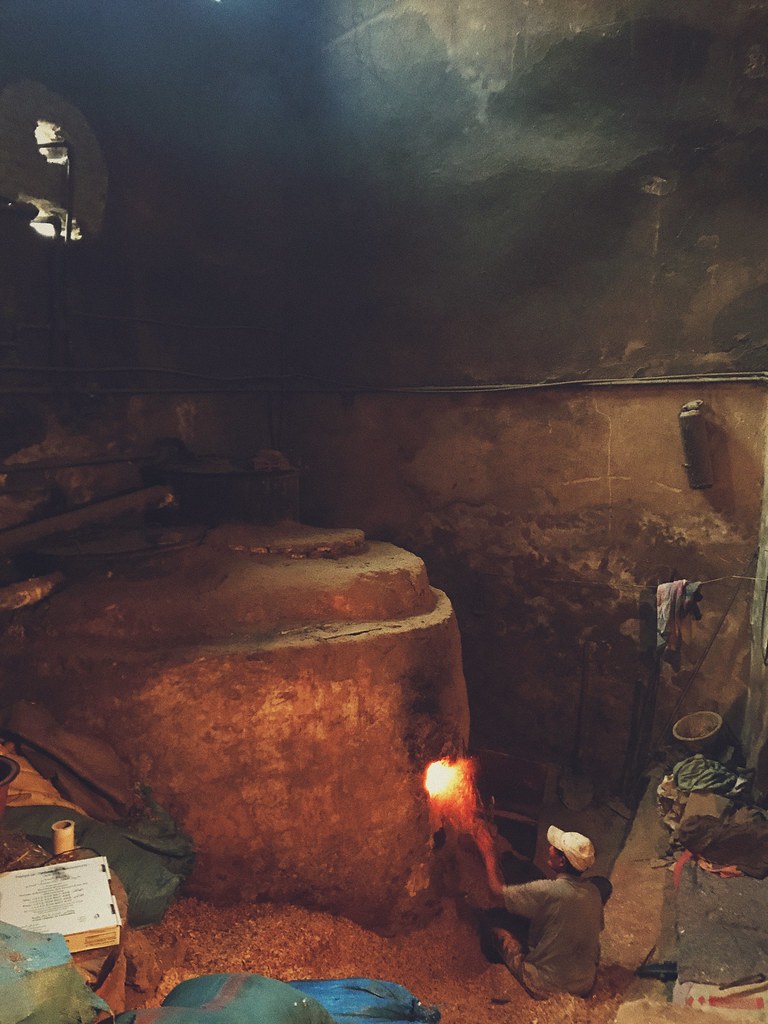
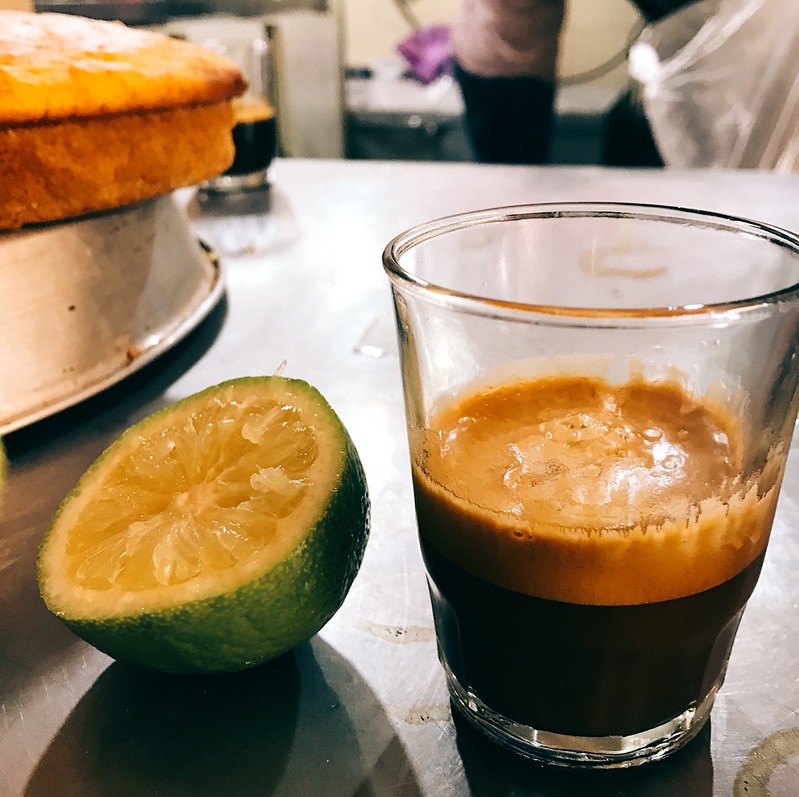
Amazing post, love it!Beautiful pictures and great content. I have been just to Marrakesh but I am planning to got to Morocco again. :)
LikeLiked by 1 person
Morocco is always a good idea :) I want to go back, too!
LikeLike
Thank you for sharing these wonderful pictures, I visited Fez when travelling Morocco 4 or 5 years ago. Your photographs instantly took me back to those wonderful sights and sounds with their incredible (and not so incredible!) smells. Looks like you had a wonderful trip!
LikeLiked by 1 person
Thank you! I had a fantastic time, as I’m sure you did as well :) Cheers!
LikeLike